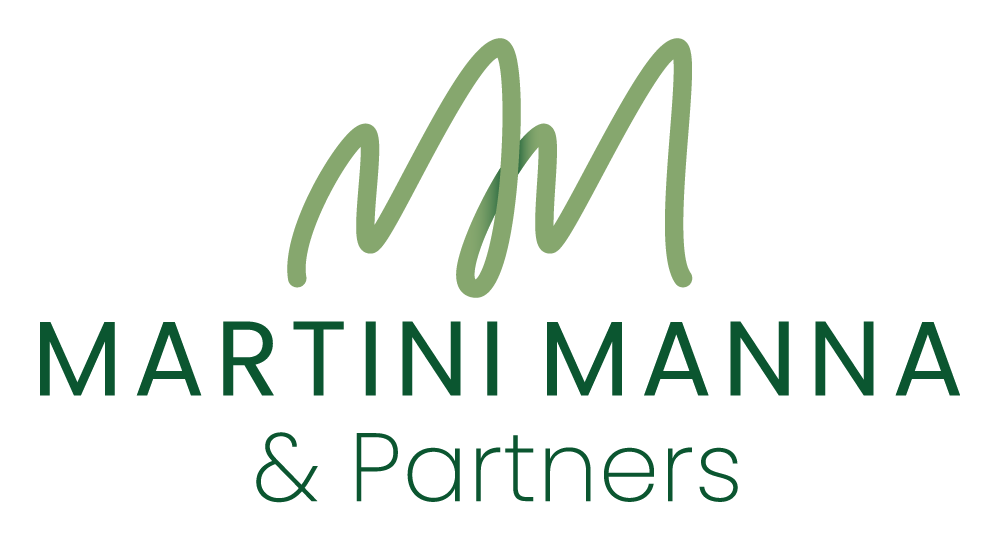Trademark Coexistence on Amazon and Limitation by Acquiescence: a ruling by the Turin IP Court.
As specialists are well aware, limitation by acquiescence is a legal doctrine where a trademark owner loses their right to challenge a later, conflicting, trademark if they knowingly tolerate its use for a continuous five-year period. To invoke this defense, the owner of the later mark must prove the earlier owner was aware of the use and did not take legal action. This limitation is ruled out only if the application for the later mark was made in bad faith.
The IP Court of Turin addressed this matter in its recent judgment no. 4050/2025. The dispute involved two companies both operating in the paint and related products sector: one, the plaintiff, was the owner of the Italian word mark DULOX, registered as early as 1938; the other, the defendant, owned and had been using the later European Union trademark DULUX, registered in the ‘90s.
The former company brought an infringement lawsuit against the latter, seeking an injunction to restrain the use of the sign DULUX, including as a domain name, and sought compensation for damages. The defendant contended that the plaintiff had knowingly tolerated the use of the trademark for more than five years.
The Court decided in favor of the defendant.
A deciding factor in the court’s decision process was the established, prolonged coexistence of both parties on the Amazon marketplace (although the Court also considered other instances of use of the defendant’s trademark, such as references in numerous web articles).
More specifically, the defendant succeeded in proving:
i) its uninterrupted offering of products under the DULUX mark on Amazon.it, the Italian platform of the U.S. company, from 2015 onwards;
ii) the simultaneous presence of the plaintiff on the same platform as a seller during the same period.
The Court further observed that both companies belonged to leading global groups in the paint trade market, which are ordinarily equipped with monitoring systems to ensure adequate protection of their trademark rights.
This set of circumstances, according to the Court, gives rise to a presumption of knowledge by the plaintiff of the use of the later mark.
On the other hand, the plaintiff had reacted, by means of a warning letter, only in 2022—thus more than five years after it became aware of the use of the later mark. It’s worth noting, although the judgment does not mention it—likely considering the issue made irrelevant by the time factor alone — that, in any event, warning letters per se are not sufficient to interrupt the five‑year period of limitation: see, for example, the CJEU’s decision in Case C‑466/20 Heitec.
In summary, the Court held that all the conditions for limitation in consequence of acquiescence had been met: uninterrupted use of the later mark for five years, knowledge of such use by the owner of the earlier mark, and acquiescence (i.e. absence of significant reactions) during the same period.
Accordingly, the Court rejected all the plaintiff’s claims, ordering it to bear the costs.
The decision appears consistent with European and domestic case law placing on the owner of an earlier mark the burden of being sufficiently vigilant (see CJEU, Case C‑145/05 Levi Strauss) to prevent limitation in consequence of acquiescence of another’s mark.
